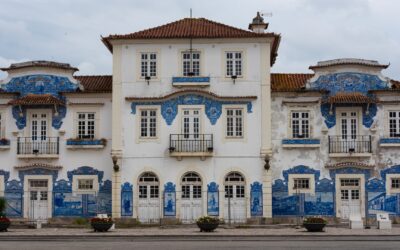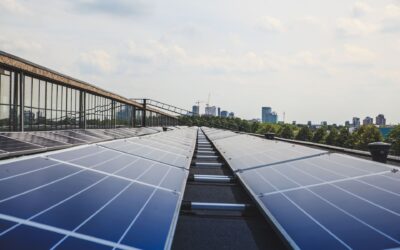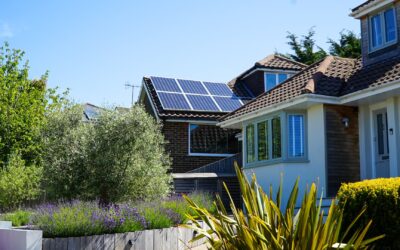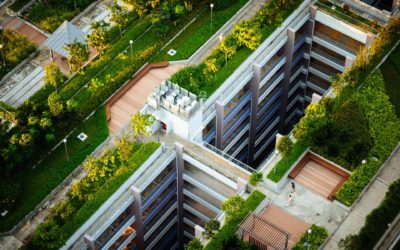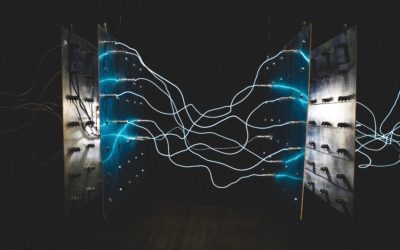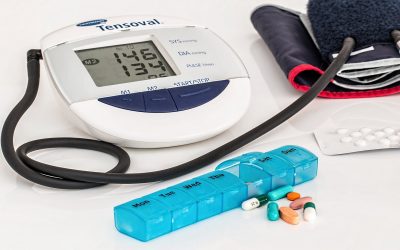CARTIf projects
SO WHAT
Integrated software for auditing industrial process, planning and simulation of WH/C
Description
SO WHAT project, financed by H2020 program, started in May 2019 and aims to develop and validate, through different sector and countries real industrial test cases, an integrated software for auditing industrial process, planning and simulation of waste heat and cold (WH/C) valorisation systems towards the identification of economically viable scenarios where WH/C and renewable energy sources (RES) cooperate to match local demand.
SO WHAT main objective is to develop and demonstrate an integrated and easy-to-use tool which will support industries and energy utilities in selecting, simulating and comparing alternative Waste Heat and Waste Cold exploitation technologies that could cost-effectively balance the local forecasted H&C demand also via RES integration.
Objectives
- Auditing the industrial process to understand where WH/WC could be valorised.
- Mapping the potential of locally available RES sources to be integrated with WH/WC potential.
- Mapping the local forecasted demand for heating and cooling.
- Define and simulate alternative cost-effective scenarios based on WH/WC technologies also leveraging TES introduction with proven economic viability.
Actions
- Algorithms development for WH/C valorisation potential analysis.
- Unlock industrial WH/C valorisation via suitable business and contractual models to be incorporated in the SOWHAT software for a complete techno-economic evaluation.
- Development and validation of SO WHAT software.
- SO WHAT Replication campaign thanks to Stakeholders engagement.
- Dissemination and preparation of future commercial deployment of SO WHAT tool.
Expected results
- Ensure a maximum prediction error in energy recovery estimate and CBA results between 5% and 10%.
- Reduce the cost and time related to Energy Audits, and thus WH/C recovery projects, up to 0.4 €/m2 and 3-5 day/audit.
- Increase the number of new project on industrial WH/C recovery, resulting in 27,705 accumulated projects by 2030.
- Reach at least 36 industrial sites, including 24 SPIRE industries, 4 industrial parks, 12 public authorities, including 16 energy agencies, 12 DHC operators, 24 associations and 4 RTO by 2021.
Partners
|
|
Video presentation of the project:
Networking
Energy efficiency projects:
SMARTeeSTORY
SMARTeeSTORY will create an integrated intelligent building automation and control system to monitor and optimise the energy performance of historic non-residential buildings, according to an innovative multi-domain approach (integrating the 9 domains proposed by the ISR methodology).
FoSSIS3
FoSSIS3 objective is to develop an operational Platform based on artificial intelligence to support decision-making in the energy planning process, through the characterization and estimation of the solar resources, and the development of analytics that support the strategy to improve the energy behavior of the building sector.
BuildON
BuildOn pretends to develop a generic solution and highly replicable to offer services on buildings, facilitate the integration of their systems and technologies and with it, help to construct a new generation of smart buildings.
ENFLATE
ENFLATE applies technologies on data-driven energy and non-energy services, which it will replicate in different geographies and climates, considering different consumer needs.
DIGIBUILD
DigiBUILD overview is to provide an open, interoperable, cloud-based toolbox to transform buildings from traditional `silos´ into interoperable, smarter, digital buildings based on consistent and reliable data
DEDALUS
DEDALUS will design, develop and demonstrate micro (home/flat) and macro (building and district) participatory demand response ecosystems in multiple energy vector systems and with a social and human science based approach
MATRYCS
The main objective of MATRYCS is to define and deploy a Reference Architecture for Buildings Data exchange, management and real-time processing, and to translate this reference architecture into an Open, Cloud-based Data Analytics Toolbox. It will enable AI-based cross-sector analytics for smart energy-efficient buildings, based on seamless data-information-knowledge exchange under respective sovereignty and regulatory principles.
PROBONO
PROBONO brings together a European multidisciplinary consortium of 47 partners, to turn the six European districts into Green Building Neighbourhoods, with positive energy balance and zero carbon emissions: two large-scale demonstrators and four living labs representing business/owner promoters of the green buildings and neighbourhoods transition.
BD4NRG
BD4NRG envisions to confront big data management challenges for the energy sector, giving a competitive edge to the European stakeholders to improve decision making and at the same time to open new market opportunities.
EnergyChain
EnergyChain goal is to use Blockchain to develop a system that will support the energy exchange between prosumers without the need of a central entity in charge of the managing.
frESCO
frESCO aims to engage with ESCOs and aggregators and enable the deployment of innovative business models on the basis of novel integrated energy service bundles that properly combine and remunerate local flexibility for optimizing local energy performance both in the form of energy efficiency and demand side management.
Auto-DAN
The Auto-DAN project aims to enable homes and small businesses across the EU to optimize their energy consumption and provide and assessment of the live energy performance of a building. The solution will focus on the assistive role automation will have in buildings.
MiniStor
MiniStor aims at designing and producing a nvel compact integrated storage system for achieving a sustainable heating, cooling and electricity storage adaptable to residential buildings.
BIM-SPEED
BIM-SPEED has as its main objective to seeks to increase the use of BIM methodologies in the deep renovation of buildings for energy efficiency
SUDOKET
The Sudoket project focuses its activity on the mapping, consolidation and dissemination of Key Enabling Technologies (KETs) for the construction sector in the SUDOE space.
SISGENER
SISGENER’s objective is the development of a low-cost comprehensive energy management system for the management of generation and consumption that takes place in buildings with centralized services.
QUDRA
Energy improvement plan that allowed the reduction of municipal energy expenditure and the training of municipal technicians in energy matters
GAPSA
The GAPSA project’s main objective is to clearly define the real savings obtained due to the savings measures that will be implemented in the 33 primary care health centers
REEMAIN
The REEMAIN project combines cutting-edge knowledge and experience to develop and demonstrate a methodology and platform that drives the efficiency of energy and material resources.



